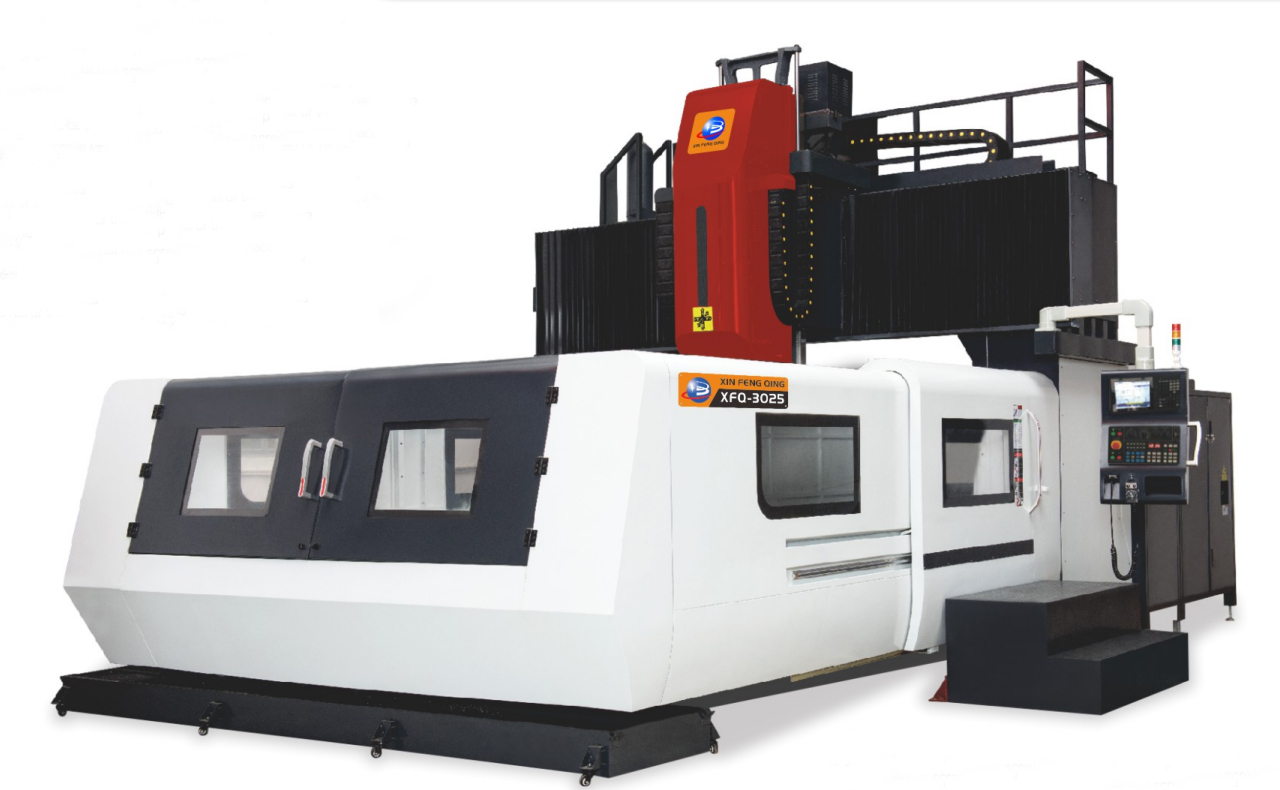Fire extinguishers are essential safety devices used to combat fires in various settings, from homes and offices to industrial facilities. Behind their effectiveness lies a careful selection of chemical substances that can suppress different types of fires. In this article, we delve into the world of fire extinguishers and uncover the key chemical substances used to tackle fires effectively.
- Water-Based Fire Extinguishers:
Water has been used for centuries as a fire suppressant due to its cooling and smothering properties. However, modern water-based fire extinguishers incorporate additional chemicals to enhance their effectiveness. These chemicals can include surfactants, wetting agents, and foaming agents, which help to improve the water's ability to penetrate burning materials and create a barrier between the fire and oxygen. - Carbon Dioxide (CO2) Fire Extinguishers:
Carbon dioxide fire extinguishers are commonly found in commercial and industrial settings. CO2 is a versatile extinguishing agent that works by displacing oxygen, effectively suffocating the fire. The high-pressure CO2 gas is stored in the extinguisher, and when discharged, it rapidly expands, creating a cold gas cloud that cools the fire and reduces the oxygen concentration. - Dry Chemical Fire Extinguishers:
Dry chemical fire extinguishers are widely used and can be classified into different types based on the chemical substances they contain. The most common types include: a. ABC Powder: ABC powder extinguishers contain a combination of monoammonium phosphate and ammonium sulfate. This mixture is effective against Class A, B, and C fires, making it a versatile choice for many applications. b. BC Powder: BC powder extinguishers utilize sodium bicarbonate or potassium bicarbonate as the primary extinguishing agent. These powders are particularly effective against Class B and C fires involving flammable liquids and gases. c. Purple-K: Purple-K is a specialized dry chemical compound, potassium bicarbonate-based, primarily used for combating Class B and C fires. It is highly effective against flammable liquid fires and is commonly found in industrial settings. - Foam Fire Extinguishers:
Foam fire extinguishers are designed to suppress Class A and B fires. The extinguishing agent consists of a foam concentrate mixed with water. The foam acts as a blanket, smothering the fire and preventing re-ignition. The foam also helps to cool the fire and suppress flammable vapors.
Conclusion:
Fire extinguishers are crucial tools for fire safety, and their effectiveness is closely tied to the chemical substances they employ. Water-based extinguishers, carbon dioxide extinguishers, dry chemical extinguishers, and foam extinguishers all utilize specific chemical compounds to combat different types of fires. Understanding the chemistry behind fire extinguishers empowers us to make informed decisions about fire safety and ensures that we can effectively protect lives and property in the event of a fire emergency.








+ There are no comments
Add yours